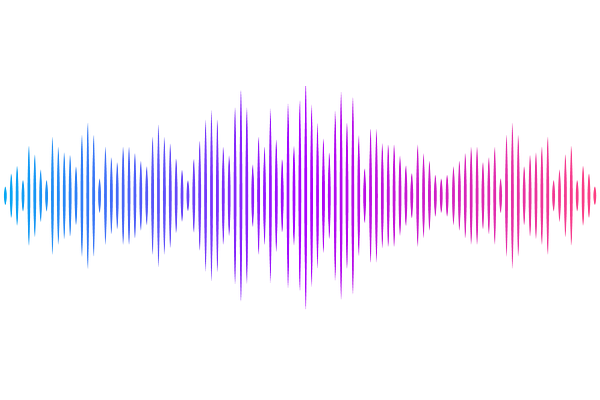Reverse remodelling of the mitochondria and cytoskeleton after respiratory heart rate variability pacing of the failing sheep heart

Reverse remodelling of the mitochondria and cytoskeleton after respiratory heart rate variability pacing of the failing sheep heart
Crossman, D. J.; Guo, G.; Shanks, J.; Pachen, M.; Bai, J.; Moammer, H.; Middleditch, M. J.; Grey, G.; Paton, J. F.; Ramchandra, R.
AbstractWe have previously demonstrated that pacing the failing sheep heart with respiratory heart rate variability (RespHRV), a natural variability in the heart rate that is linked to respiration on a breath-by-breath basis, improves cardiac output dramatically. In this study, we used proteomics and super-resolution microscopy to explore the role of energetics and T-tubule cellular remodelling in response to ResPHRV pacing in an ischaemic ovine model of heart failure (HF). After 2 weeks of RespHRV pacing, cardiac output improved by 1.1 {+/-} 0.2 L/min (**p=0.003). Sequential Window Acquisition of all Theoretical Mass Spectra (SWATH-MS) was used to probe differences between three groups: HF without any intervention, HF with RespHRV pacing and a healthy control group. Orthogonal Partial Least Squares (OPLS) discriminant analysis demonstrated a clear separation of all three groups by T score (***p<0.001) with the HF+RespHRV pacing group placed intermediate between the HF and control groups. The top 50 proteins negatively correlated with T score (down in HF, restored after RespHRV) were dominated by mitochondrial proteins, as confirmed by Pathway Enrichment Analysis (***p<0.001). Multiple Reaction Monitoring Mass Spectrometry (MRM-MS) analysis confirmed this finding in selected targets (ACAA2, ACADS, CRAT, NDUFA8, and SUCLG1, *p<0.05). STimulated Emission Depletion (STED) microscopy identified a disruption of mitochondria structure in HF (*p<0.05) that was restored in the HF+R group (p=0.051). The area of mitochondria labelling was increased in the HF+RespHRV group compared to HF (**p=0.005). Many cytoskeletal proteins linked to mitochondria regulation and T-tubule remodelling were upregulated in HF and were reduced by RespHRV. MRM-MS was able to confirm these findings for selected targets (ANAXA2, CAVIN2, SPTBN1, TUBA4A). STED microscopy of collagen VI and the ryanodine receptor revealed cellular hypertrophy and remodelling of the T-tubules and cardiac junctions in HF sheep (*p<0.05), RespHRV showed a trend for reversing these structural changes. These data support the hypothesis that within the first two weeks of RespHRV pacing, there is an increase in mitochondrial repair and function coupled with re-organisation of the cellular cytoskeleton, which is consistent with the improvement in cardiac pump function.